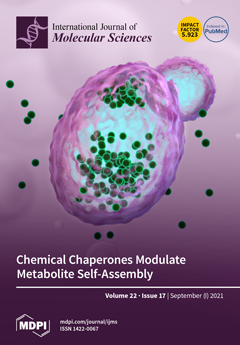Inhibitor of DNA binding (
Id) genes comprise a family of four helix–loop–helix (HLH) transcriptional inhibitors. Our earlier studies revealed a role for ID2 within the circadian system, contributing to input, output, and core clock function through its interaction with CLOCK and BMAL1. Here, we explore the contribution of ID4 to the circadian system using a targeted disruption of the
Id4 gene. Attributes of the circadian clock were assessed by monitoring the locomotor activity of
Id4−/− mice, and they revealed disturbances in its operation.
Id4-mutant mice expressed a shorter circadian period length, attenuated phase shifts in responses to continuous and discrete photic cues, and an advanced phase angle of entrainment under a 12:12 light:dark cycle and under short and long photoperiods. To understand the basis for these properties, suprachiasmatic nucleus (SCN) and retinal structures were examined. Anatomical analysis reveals a smaller
Id4−/− SCN in the width dimension, which is a finding consistent with its smaller brain. As a result of this feature, anterograde tracing in
Id4−/− mice revealed retinal afferents innovate a disproportionally larger SCN area. The
Id4−/− photic entrainment responses are unlikely to be due to an impaired function of the retinal pathways since
Id4−/− retinal anatomy and function tested by pupillometry were similar to wild-type mice. Furthermore, these circadian characteristics are opposite to those exhibited by the
Id2−/− mouse, suggesting an opposing influence of the ID4 protein within the circadian system; or, the absence of ID4 results in changes in the expression or activity of other members of the
Id gene family. Expression analysis of the
Id genes within the
Id4−/− SCN revealed a time-of-day specific elevated
Id1. It is plausible that the increased
Id1 and/or absence of ID4 result in changes in interactions with bHLH canonical clock components or with targets upstream and/or downstream of the clock, thereby resulting in abnormal properties of the circadian clock and its entrainment.
Full article






